Stanley to Devonport, 21 October 2023.
Recent Posts, Top Posts, Subscribe and Search are at bottom of page. Click an image to see it twice as large (on a computer at least). See here for links to all other Tasmania 2023 posts.
Subscribers! Click the Post Title in the email to go to the Blog post with larger images.
.
This is the last day of our Tasmania trip. We will drive from Stanley to catch the ferry in Devonport.
.
.
.
We are still in Stanley for breakfast in a café.
This part of Tasmania is historically associated with the Van Dieman’s Land Company, which was formed in 1824 with the intention of farming sheep in the North-West. It was granted 250,000 acres of mainly forested land and opened a port here in 1827. Stanley (originally Circular Head) officially became a town in 1842 and there were town plans in 1842 and 1848. At the time of the second town plan there were 233 residents; 127 men, 41 women and 65 children.
.
.
.
The car is a Lincoln Continental Mark V, from 1977 to 1979, by Ford.
.
.
.
Stanley and The Nut.
The Nut is the kernel of an extinct volcano. We had intended to go up to the top but the chairlift was closed due to the weather. Potentially we could have walked up but we had a ferry to catch and other places to go.
.
.
.
Highfield Kitchen.
We are now at Highfield Historic Site, near Stanley, in the workers’ outhouses and in the kitchen. Highfield was the headquarters of the Van Diemen’s Land Company (Tasmania was called Van Diemen’s Land until 1856). The sheep farming failed after a few years mainly due to savage winters and inappropriate land. The Company then made money by logging, selling land (which it had been granted at a nominal price) and farming cattle.
Convicts built the house and all the buildings. They may have been relieved when they arrived here, away from the savage penal settlements at Maria Island or Port Arthur, but maybe not for long as they may actually have been better off there. One assigned servant was known as Richardson the Flagellator before he came to Highfield and Chief Agent Edward Curr, who was also the Magistrate, made full use of him. He flogged half of the convicts who were brought before him as Magistrate, which was five times the average rate of other magistrates in Van Diemen’s Land.
There were two kinds of servants, assigned servants and indentured servants. Indentured servants could escape if they could successfully make it to Launceston and 20 successfully escaped just in 1832. This didn’t apply to assigned servants who were routinely flogged, perhaps just as much as the convicts.
The hierarchy of violence in the name of the Company became too much for Company Officers too. Goldie and Fossey resigned and Hellyer committed suicide.
.
.
The dining room, overlooking the garden at the historic house. A comfortable, pleasant space overlooking a well-manicured garden echoing the culture of early nineteenth-century England. There are colonial portraits of residents on the left emanating colonial respectability. There is also a brief summary of 40,000 years of Aboriginal history on the right. I recall reading references to convict life (though none of the details mentioned above) but I don’t recall reading any references to massacres of Aboriginals.
.
.
.
.
This is the house in “an elegant regency design” where Chief Agent Edward Curr and his family lived. The homestead, ” designed by noted architect Henry Hellyer, features beautiful original features including marble mantelpieces, timber staircases and French windows.” There are also another ten to fifteen buildings including barns, horse stables, pig sties and boiling house (later made into a slaughterhouse), cart shed, cottages, convict barracks, and a chapel (later used as a storehouse).
There is a small fee to visit and you can also hire Highfield for weddings, meetings and other events.
Chief Agent Curr was a committed Christian (a Catholic) and a respectable family man. His treatment of convicts and servants was savage, and he was also guilty of genocide.
In North-West Tasmania (as it now is), the Van Diemen’s Land Company and its employees conducted perhaps the worst and most systematic case of genocide in Australia’s history. The Company was granted 250,000 acres of land in several discontinuous blocks. It initially encouraged friendly treatment of Aboriginals, though it did not recognise their ownership of land, and it ignored the excesses brought to its attention. Curr ignored the Company’s request for humane treatment of Aboriginals and refused to even communicate with them. While he probably didn’t kill anyone himself, as Chief Agent he organised and coordinated criminal oppression of the Aboriginal people. Those crimes included murder, rape, kidnapping and slavery. As Magistrate he ensured that no-one was ever charged with anything, let alone convicted. Facts were changed where necessary so that they always “acted in self-defence”.
First contacts of Company representatives and Aboriginals were open and friendly. The Company’s eastern blocks included open grazing land that had been cleared by the Aboriginals by fire stick farming to facilitate hunting of kangaroos and other animals. That was taken over for sheep farming. On the west coast, the Aboriginals lived off the sea and had permanent dwellings in small villages with large round domes and a small fire for each dome. Due to the wildness of the country, they had no interior lands to retreat to. During the first eight years of the Company’s activities, the Aboriginal population of the North-West decreased by 85%, from 600 to 700, to 100. Most of this number were systematically hunted down and killed by Van Diemen’s Land Company hunting parties. Aboriginals did attack shepherds and kill sheep but these were mainly or probably entirely in response to murder and rape.
Sixty-two survivors (as with survivors from other regions) were persuaded or compelled by George Augustus Robinson in 1834 to resettle on Flinders Island with the promise that they could continue their cultural practices and ceremonies and later return to their land. That proved to be a lie and ultimately none of them survived. Only nine from the North West were still alive five years later and the last one died in 1857. There was a family or two who remained for a few years but there were none left in the North-West after 1842. The great majority of Tasmanian Aboriginals today are descended from women abducted by sealers to be their “wives” on Bass Strait islands.
If I were to get married, it wouldn’t be at Highfield. It may be a charming example of colonial architecture in a spectacular location but it was also a headquarters of genocide. The architect of Highfield, Henry Hellyer, committed suicide in the house in 1832. His Wikipedia entry suggests depression or bipolar causes for the suicide. A savage workplace and complicity in genocide is the more likely reason.
.
You won’t find much if anything of the details above in most web pages for Highfield and the North-West. It was suppressed for long and remains an inconvenient truth for some. The Company also offered bounties for the thylacine (Tasmanian tiger) from 1830 and was a partial cause of their extinction.
.
For further reading I suggest Nicholas Clements: The Black War: Fear, Sex and Resistance in Tasmania. I also discovered an earlier thesis you can download and read online: Ian MacFarlane: Aboriginal Society in North West Tasmania: dispossession and Genocide.
.
The Aboriginal people in Australia remain severely disadvantaged which is not recognised by many. It is most unfortunate that the recent referendum for a formal Aboriginal Voice to Parliament failed, largely due to opposition from some right-wing politicians, including racist statements and misinformation from them.
.
.
Convict Barracks.
These barracks are close to but separate from the Highfield residence and buildings. They were “built in 1834 and occupied from 1836. There were 40 convicts assigned to the VDL Company to establish Highfield, a number which rose to 80 before convict transportation ceased in 1853.”
The VDL company still remains though it was renamed to Van Dairy a few years ago. After New Zealand ownership from 1993 and then brief Australian ownership, it was sold in 2016 to Chinese billionaire Xianfeng Lu. At 143,500 hectares it was the largest dairy operation in Australia with 17,890 cows milked over 7,800 hectares. This was always a controversial purchase and he had a number of schemes for it that did not come to fruition. There were subsequently controversies about animal welfare, effluent management, worker underpayment and protection of the environment for the Tasmanian Devil.
In February 2024, dairy giant Fonterra cancelled a 25 million litre milk contract due to “unresolvable commercial factors” and at least seven hundred and possibly thousands of cows were sent to the abattoirs. Tasmanian Green Senator Peter Whish-Wilson suggested that dairy farming is not sustainable in the north-west and the Government should buy the property for environmental conservation. However, in May 2024, the remaining 9,500 hectares were sold to an Australian company. This is at Woolnorth, in the far north-west corner of Tasmania, including Cape Grim, the site of a VDL Company massacre in 1828.
.
.
A car from perhaps the 1930s (but clearly not the 1830s) returns from a romantic visit to the Highfield Historic Site.
.
.
.
Burgess Cove.
We have now moved on and are heading towards Devonport and the ferry.
.
.
.
The weather is starting to close in.
.
.
.
.
.
.
A small cave nearby used by Aboriginals in earlier times, probably for temporary shelter in fishing and shellfish expeditions.
.
.
.
Tollymore Road Viewpoint.
We are now further on, off the main road and heading towards Table Cape.
.
.
.
At Table Cape with the Tulip Farm barely visible in the far distance.
.
.
.
A somewhat closer view of the Tulip Farm.
I did take a couple of much closer views from this spot with a long telephoto lens, showing people amongst the rainbow colours of the tulips, but unfortunately I later managed to lose the SD card on the ferry (I only lost those couple of images though).
.
.
.
Mersey Bluff Lighthouse.
I had a more extensive itinerary planned for the afternoon including a visit to the Tasmanian Arboretum but as the rain was setting in, we decided to abandon it and head for Devonport for an early meal. This and following images are after dinner, around Devonport in the dwindling light.
.
.
.
Mersey Bluff.
.
.
.
Mersey Bluff Playground.
.
.
.
.
.
.
.
Still at Mersey Bluff Playground, with the ferry coming in in the distance.
.
.
.
The ferry has docked.
… and so we drove onto the ferry and the next day drove back to Canberra. This is then the last post of this trip apart from one monochrome post still to come.
.
.
.
.
(According to my spreadsheet, this is also the 1200th post in this Blog).









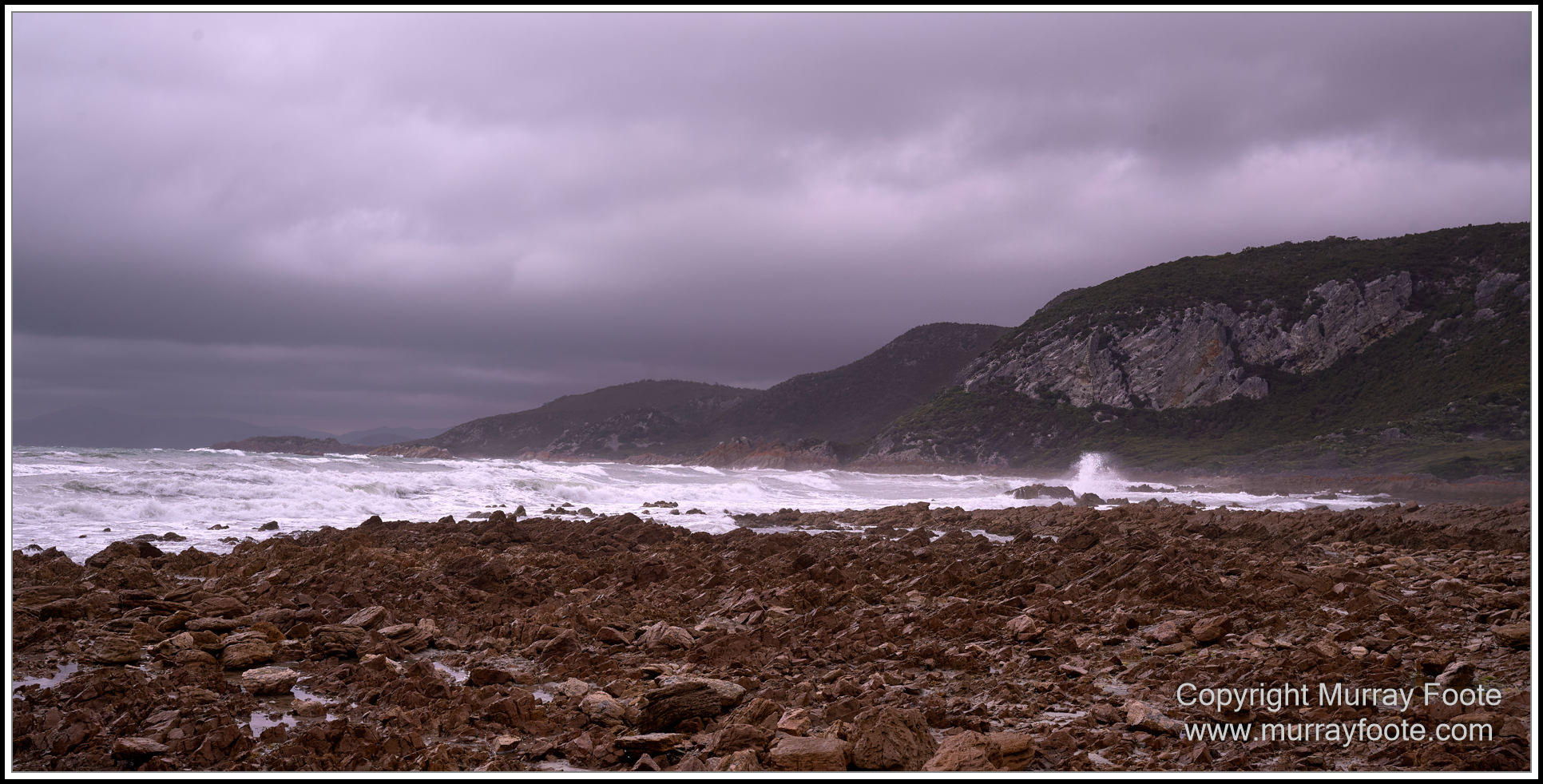

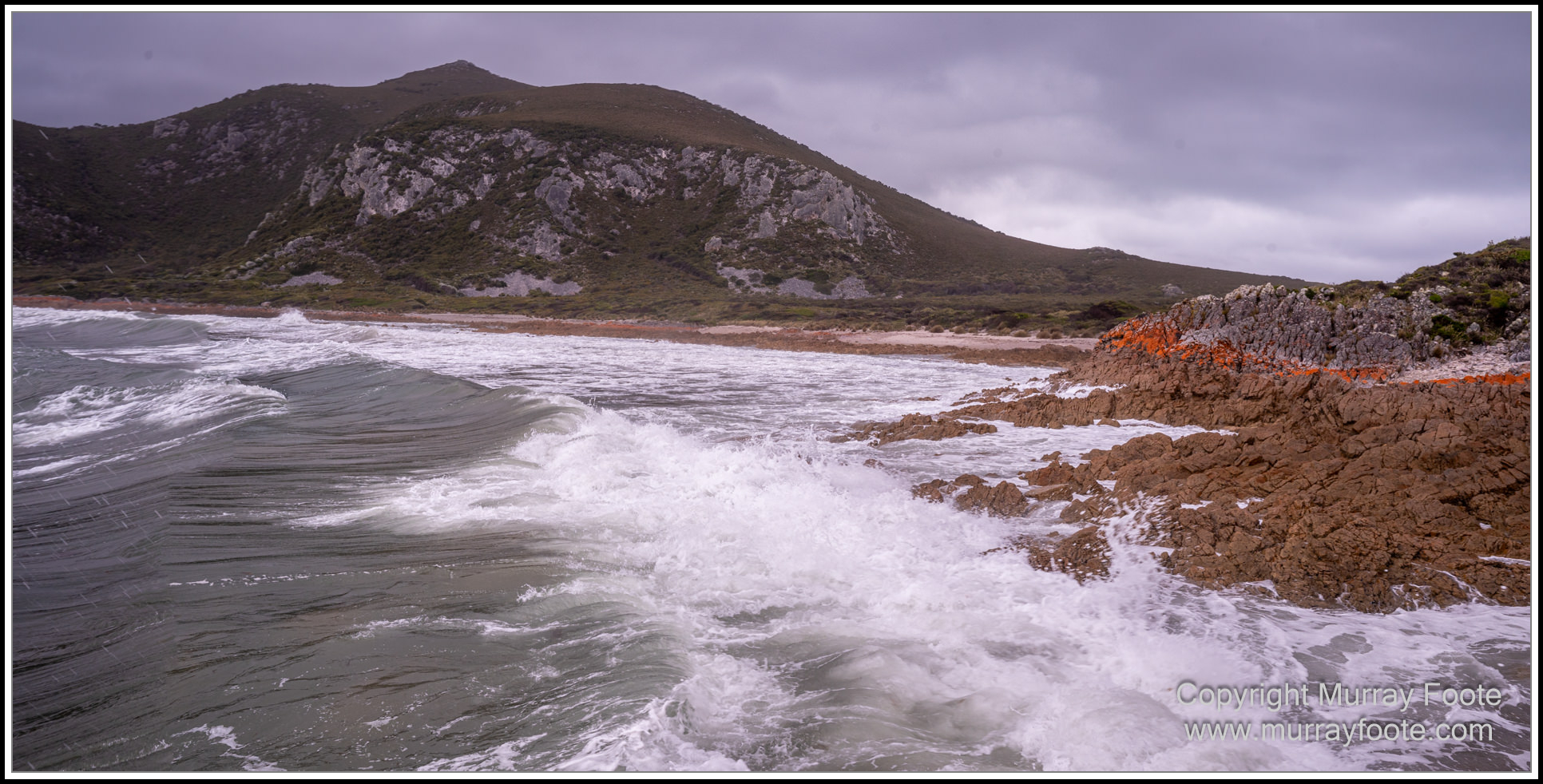

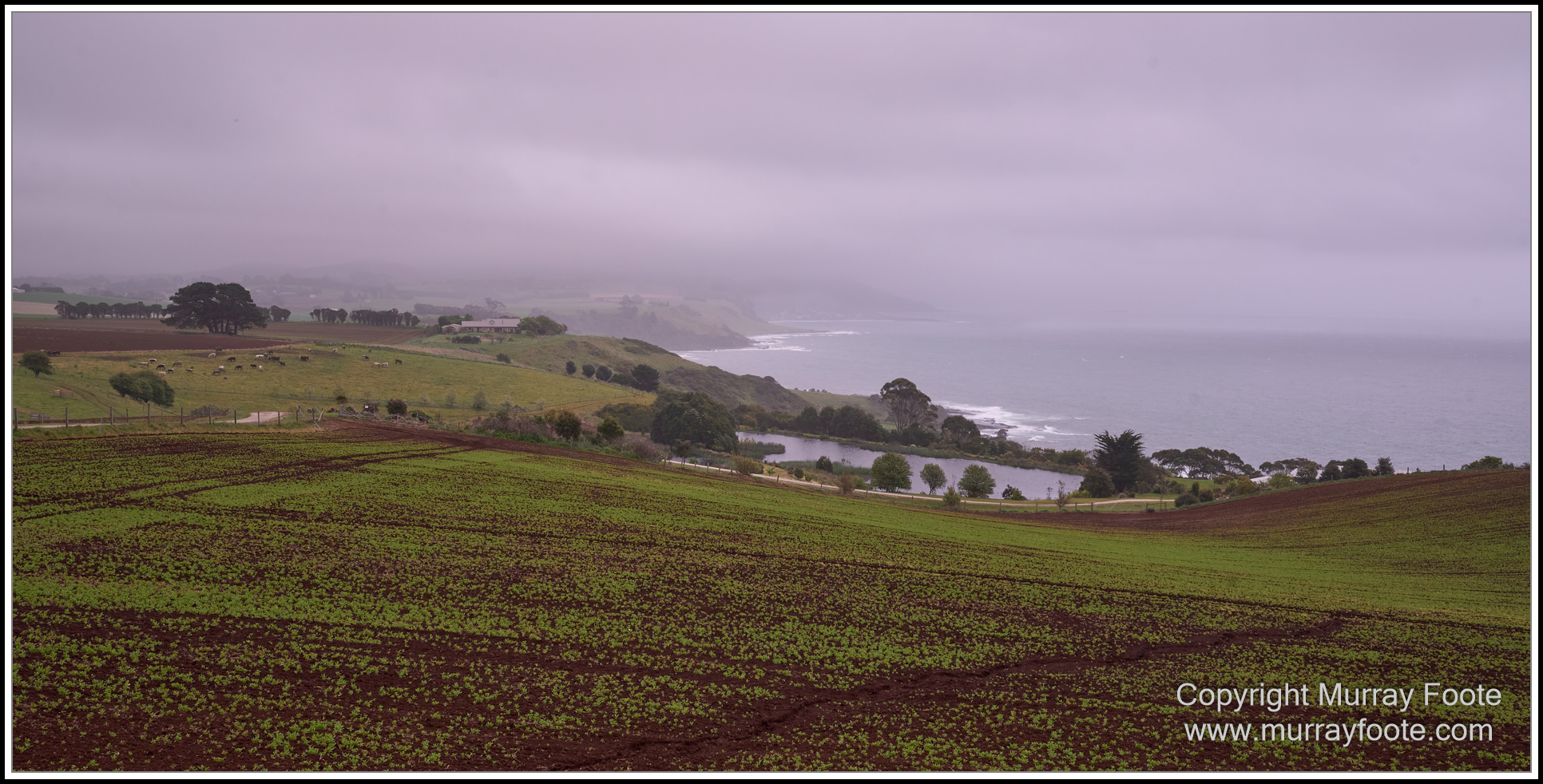

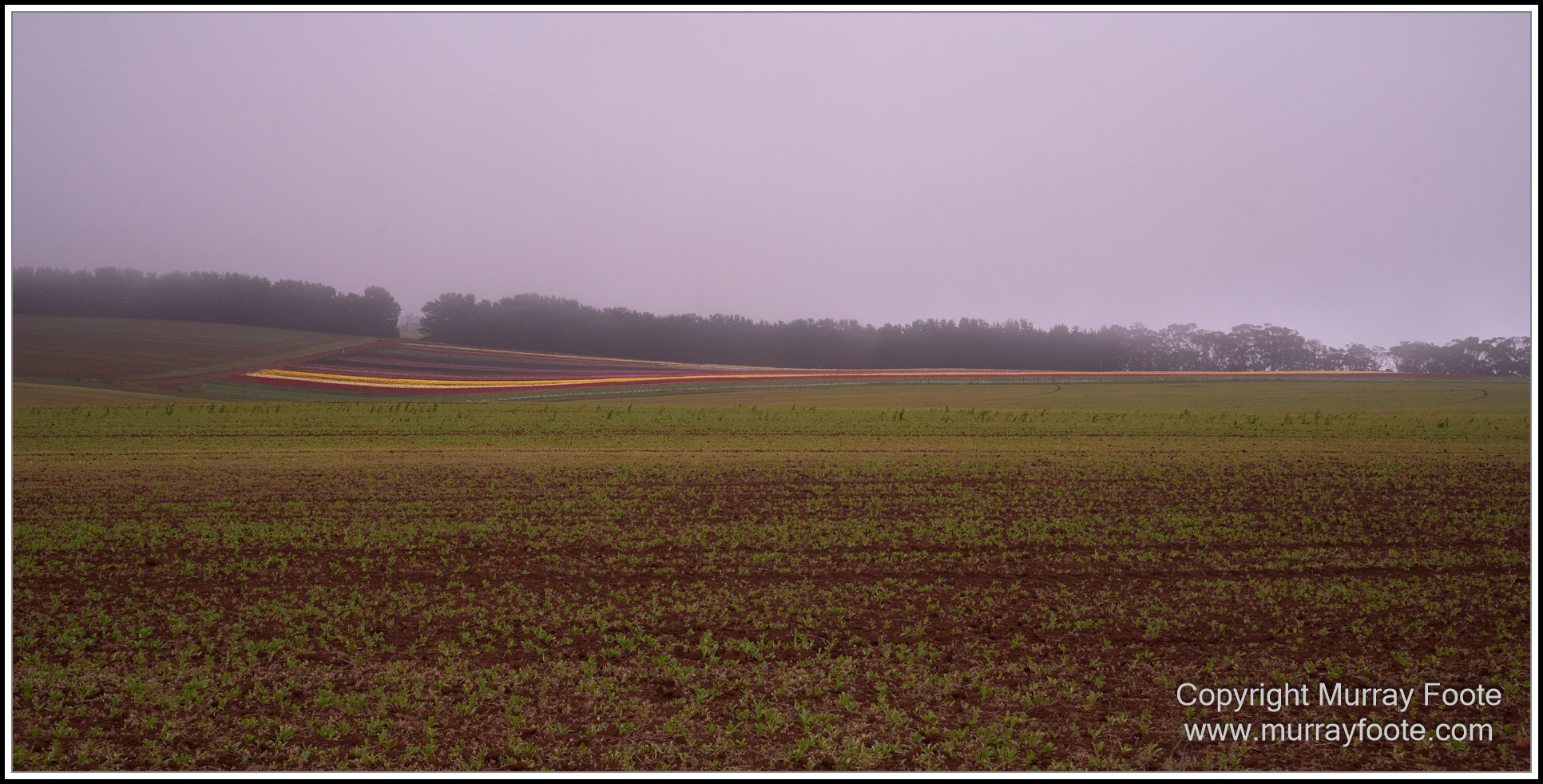
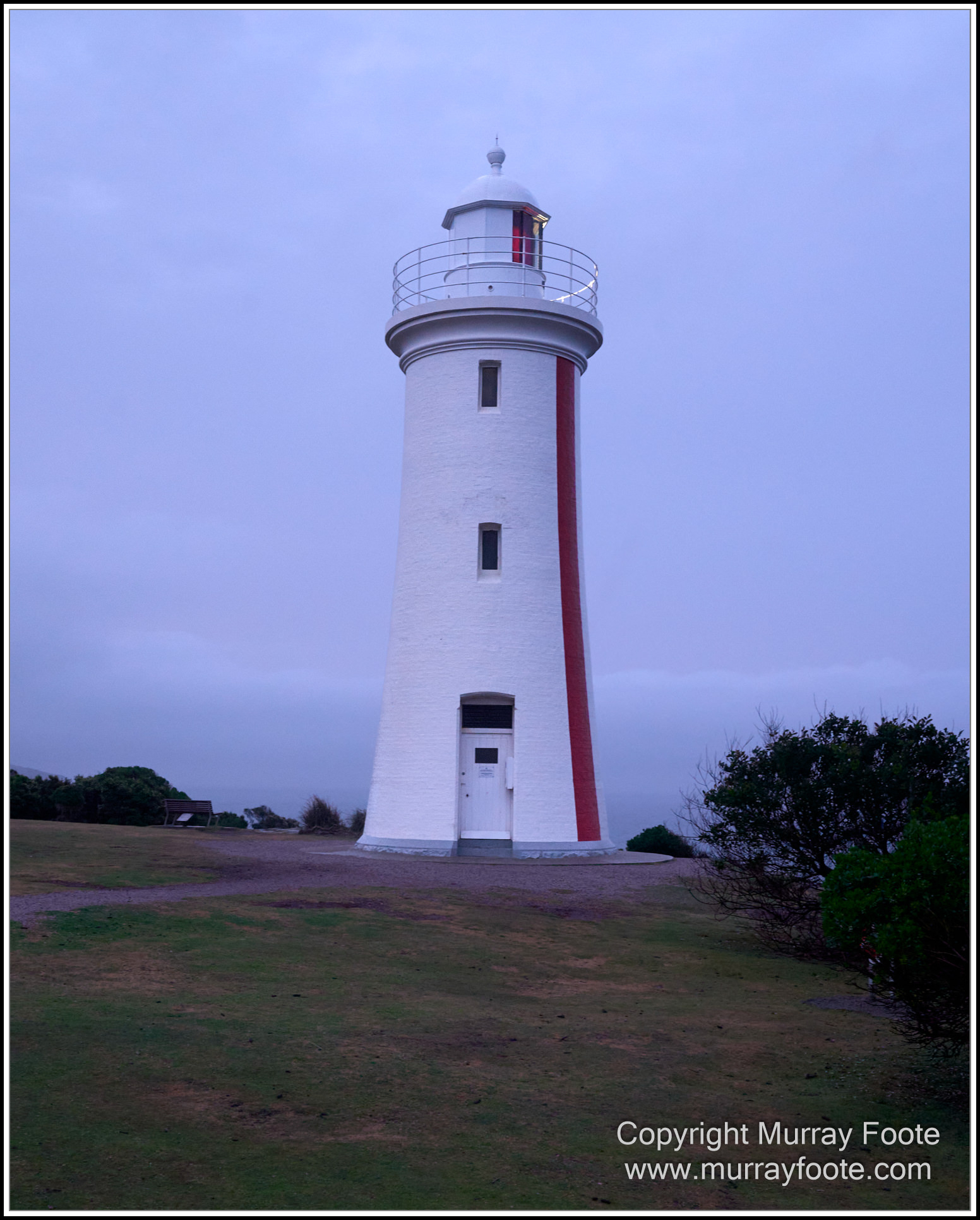




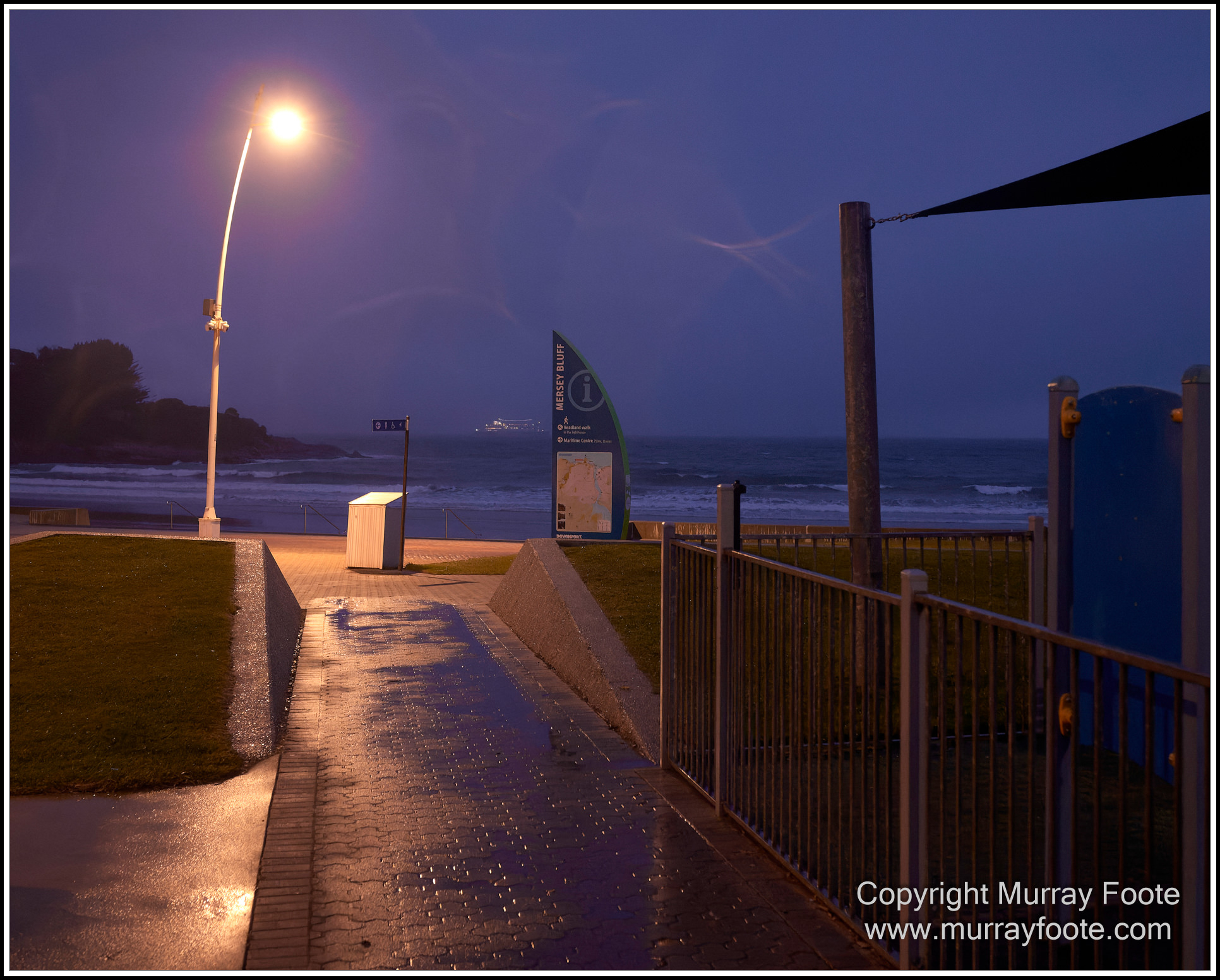

Great shots Murray and good memories for me. I worked at the ANZ bank in Stanley back in the late sixties. I used to run around on top of the nut – probably kill me now.
LikeLiked by 1 person
Thanks very much Dave. At that time I was working part time in the National Bank of NZ in Auckland and used to play a round of golf before work, running round in 90 minutes.
LikeLike
An especially thoughtful and thought-provoking post. Great photos too. The loss of the referendum broke my heart.
LikeLike
Thanks very much Peggy. Yes, that referendum may have set us back decades. If only they had implemented first and then gone to a referendum with a specific example of success (as Marcia Langton was advocating).
LikeLiked by 1 person
Murray,
The pictures in the main street of Stanley is a step back in time.
With extensive documentation and great pictures, you’re one step from turning your 1,200 blogs into a book.
I’m sure Tasmanian Travel would sponsor you.
Mick
LikeLike
Thanks very much Mick. i’m not sure Tasmanian Travel would like any attention drawn to the history of the north west.
LikeLike